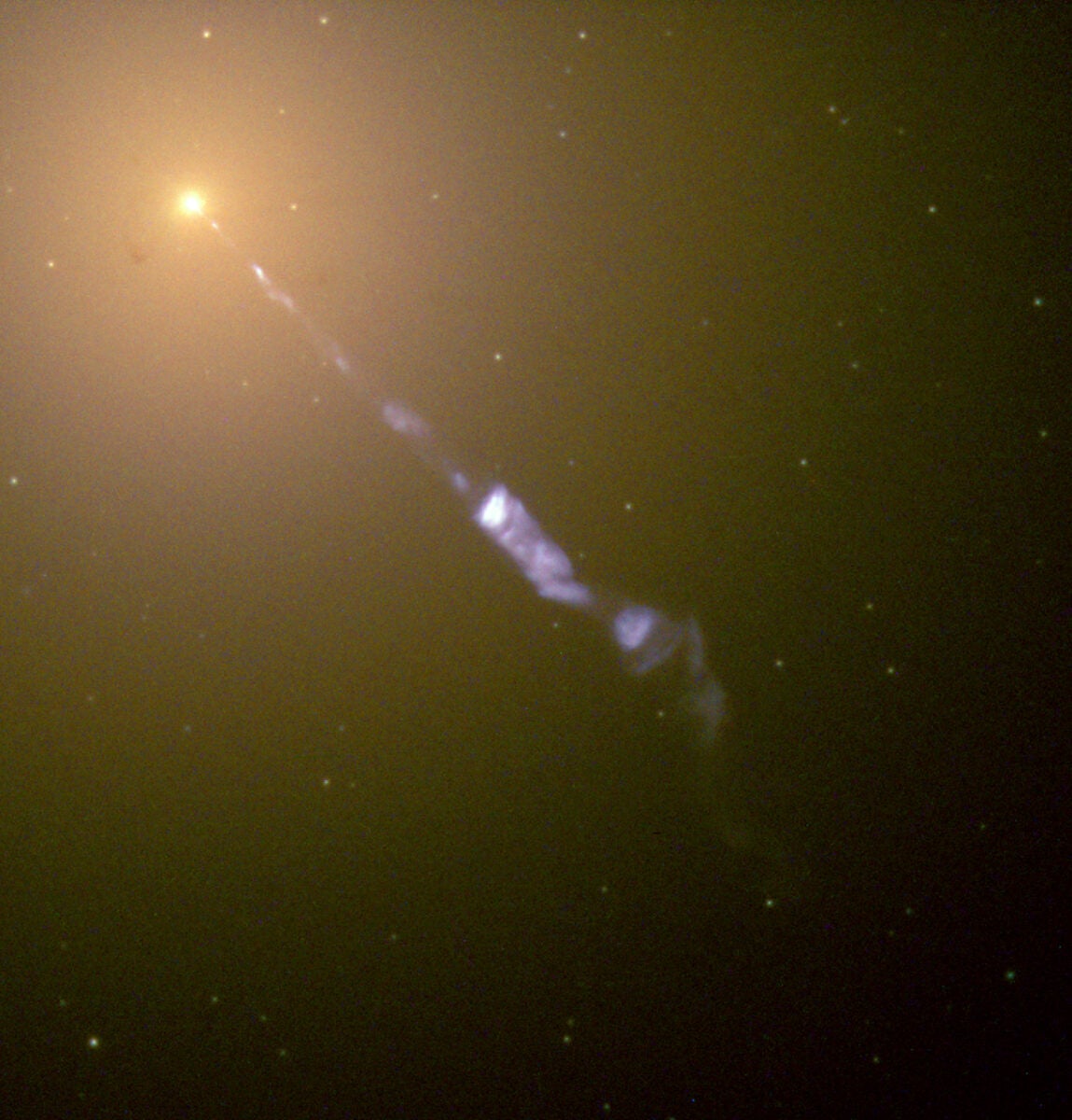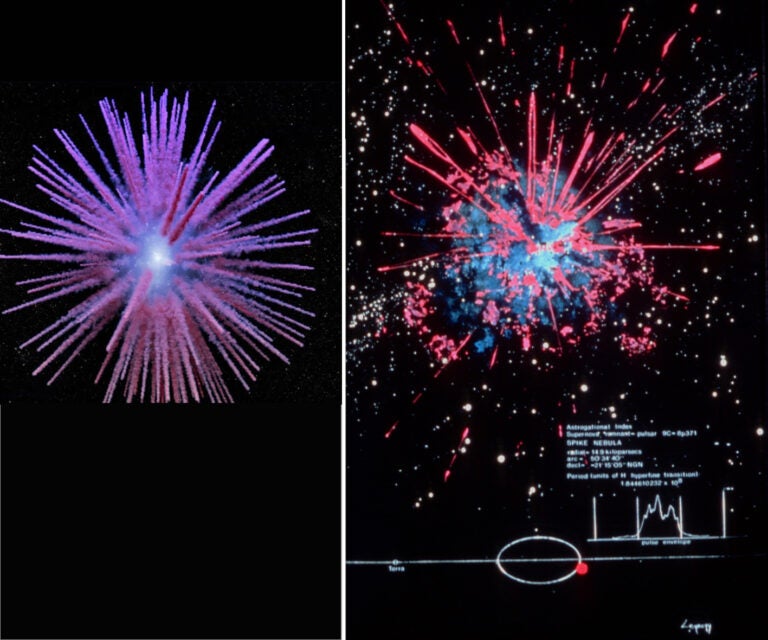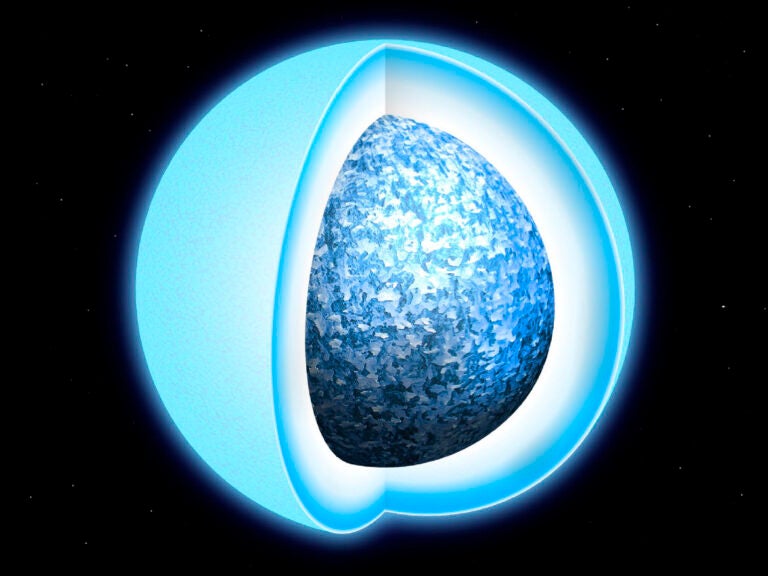
Supernovae, the violent explosions that occur when stars die, normally happen sporadically within galaxies. However, by shifting the angle of the Hubble Space Telescope’s line of sight toward M87, astronomers recently spotted double the expected amount of supernovae along a massive 3,000-light-year-long jet blasting out of the supermassive black hole at the galaxy’s center.
Researchers have noticed strange behavior arising near the center of M87, a giant elliptical galaxy in the constellation Virgo, since Hubble launched in 1990. Unfortunately, the camera’s field of view was too narrow to inspect what was going on. It wasn’t until Hubble dedicated 9 months’ worth of observation time with its newer wide-field cameras that the picture became much clearer.
However, not all the answers behind this phenomenon are known just yet.
Double the trouble
In 2007, a team of astronomers analyzed M87 using Hubble data and found 13 supernovae — or more specifically, classical novae. These events occur not when a massive star dies, but in a binary system when a white dwarf is fed hydrogen (and sometimes helium as well) by its companion star, until a tipping point is hit and the white dwarf’s outer layer undergoes a runaway nuclear reaction and is ejected with a bright flash of light lasting anywhere from days to years. This team was among the first to suggest that the jet influenced these explosions.
This year’s study, which has been accepted for publication in the Astrophysical Journal, used two Hubble surveys and observed 135 classical novae clustered around M87’s scorching plasma jet. This count is twice as many as what’s considered normal for the rest of the galaxy. “We are witnessing an intriguing but puzzling phenomenon,” said ESA Research Fellow Chiara Circosta, who was not involved in the study, in a press release.
The team proposes three scenarios that could be causing this increase in eruptions. The first suggests that the proximity of the jet and binary systems is allowing hydrogen to bombard the white dwarfs, essentially making them eject their outer layers much faster. The second scenario suggests that the pressure from the jet’s bright light is doubling the rate of mass transference of material from the companion star onto the white dwarfs. And lastly, it’s possible the jet’s immense radiation could be heating the companion star, making it “overflow” and blasting hydrogen it onto the white dwarfs. However, this third possibility is not as favored as the first two, since this type of heating shouldn’t be nearly enough to cause all these extra novae.
Astronomers have yet to narrow down the reason behind this odd increase in classical novae clustered along M87’s jet, but confirming the enhanced rate is a vital first step. Now, researchers will have to wait for future Hubble observations, as it’s the only space observatory — as of now — that can resolve these novae against the bright background of the galaxy.









